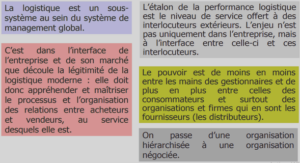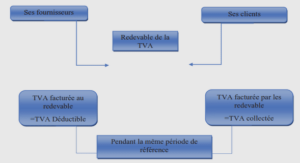This thesis is enrolled in the framework of the SCAVENGE (Sustainable CellulAr networks harVEstiNG ambient Energy) project supported by the “European Union’s Horizon 2020 research and innovation programme under the Marie Skłodowska-Curie grant agreement No 675891”. It has been carried out since September 2016 at CEA LIST, Saclay, Communicating Systems Laboratory (LSC) in collaboration with Télécom ParisTech, Communications and Electronics department (COMELEC), under the supervision of Dr. Mireille SARKISS and Pr. Philippe CIBLAT.
Information and Communication Technology (ICT) now penetrates all parts of society, with 6.8 billion of mobile subscribers approaching the global population, and 750 million households connected to the Internet forming 41% of the world’s households [2]. The Fifth Generation (5G) of mobile technology will handle 1, 000 times more capacity per unit area than previous mobile networks generation, for more than 100 billion devices with typical user rates of 10 Gb/s, and requirements for dramatically lower latency and higher reliability. This huge proliferation of devices will also bring an equally significant increase in the carbon footprint of ICT. According to [3], the global ICT ecosystem already consumes about 1500 TWh of electricity per year, approximately 10% of the world’s electricity production, 50% more than global aviation energy consumption .
A promising solution to limit the negative environmental impact of the ICT sector and reduce its energy cost, while giving the 5G system sufficient autonomy from the electricity grid, is to harness the available ambient energy .
The SCAVENGE project proposes a sustainable paradigm for 5G mobile networks based on the premise that environmental energy can be scavenged through dedicated harvesting hardware, so as to power all network elements, i.e. Base Station (BS), mobile terminals, sensors, etc.
5G on the go promises instant connectivity to billions of devices for the smart cities, the Internet of Things (IoT) and a truly connected world. There are three main areas of use cases for 5G
• Massive Machine-to-Machine (M2M) communications: also known as IoT, connecting billions of devices without human intervention on a scale never experienced before. Such a transformation has the potential to revolutionize modern industrial processes and applications, including agriculture, manufacturing and commercial communications.
• Ultra-reliable low latency communications: ranging from real-time applications to opening up a new world where medical care, procedures and remote treatments are all possible.
• Enhanced mobile broadband: offering considerably faster data speeds and greater capacity to keep the world connected. New applications include Virtual Reality (VR) and Augmented Reality (AR) and bring connected experiences beyond what was previously possible.
This explosive growth of mobile communications and IoT driven by the huge number of connected devices and resource-hungry mobile applications is increasing significantly the demands for high-volume delay-sensitive data traffic. It requires thus intensive computation and leads to high energy consumption. However, this expansion of wireless services is still restrained by mobile terminals limitations in terms of processing capacity, storage and energy. Recently, Energy Harvesting (EH) and offloading have been proposed as promising technologies to improve mobile devices computing capabilities and extend their battery lives.
On one hand, harvesting energy from surrounding environments allows to extend wireless devices lifetime by exploiting alternative renewable energy sources, such as solar power. This improves self-sustainability of wireless networks and limits their dependency on conventional grid power, reducing thus their growing carbon footprint. Depending on the environment conditions, the harvested energy arrives in intermittent amount at random times. It can be then stored in a capacity-limited energy storage device or battery for future use. The stochastic behavior and uncertainty of available energy may degrade the communication performance due to intolerable delay and packet loss. Therefore effective transmission policies are essential to satisfy Quality-of-Service (QoS) requirements and ensure the system reliability and sustainability.
On the other hand, offloading enables executing mobile devices tasks at remote cloud server or at BS with more energy and computation resources. This allows to reduce locally the consumed energy at the mobile devices and prolong their battery lives.
Global warming is one of the biggest threats to the natural world. This is caused primarily by the human use of fossil fuels (oil and coal), which emits greenhouse gases, in particular Carbon Dioxide (CO2), into the atmosphere. According to [6], a 14% increase in ICT global emission is expected by the year 2040. Therefore, in an effort to reduce the operational expenses and environmental footprints, pushing for the integration of renewable energy technologies to power the communication infrastructures becomes essential.
Energy Harvesting or also known as Energy Scavenging is the process of collecting and storing ambient energy for future use [7]. The energy can be harvested from a lot of sources in the surrounding environment, such as solar, thermoelectric, vibration, wind power and electromagnetic radiations. In this section, we briefly describe each EH source together with its applicability to mobile phones, to ultimately select the ones that best suit our system.
General Introduction |






